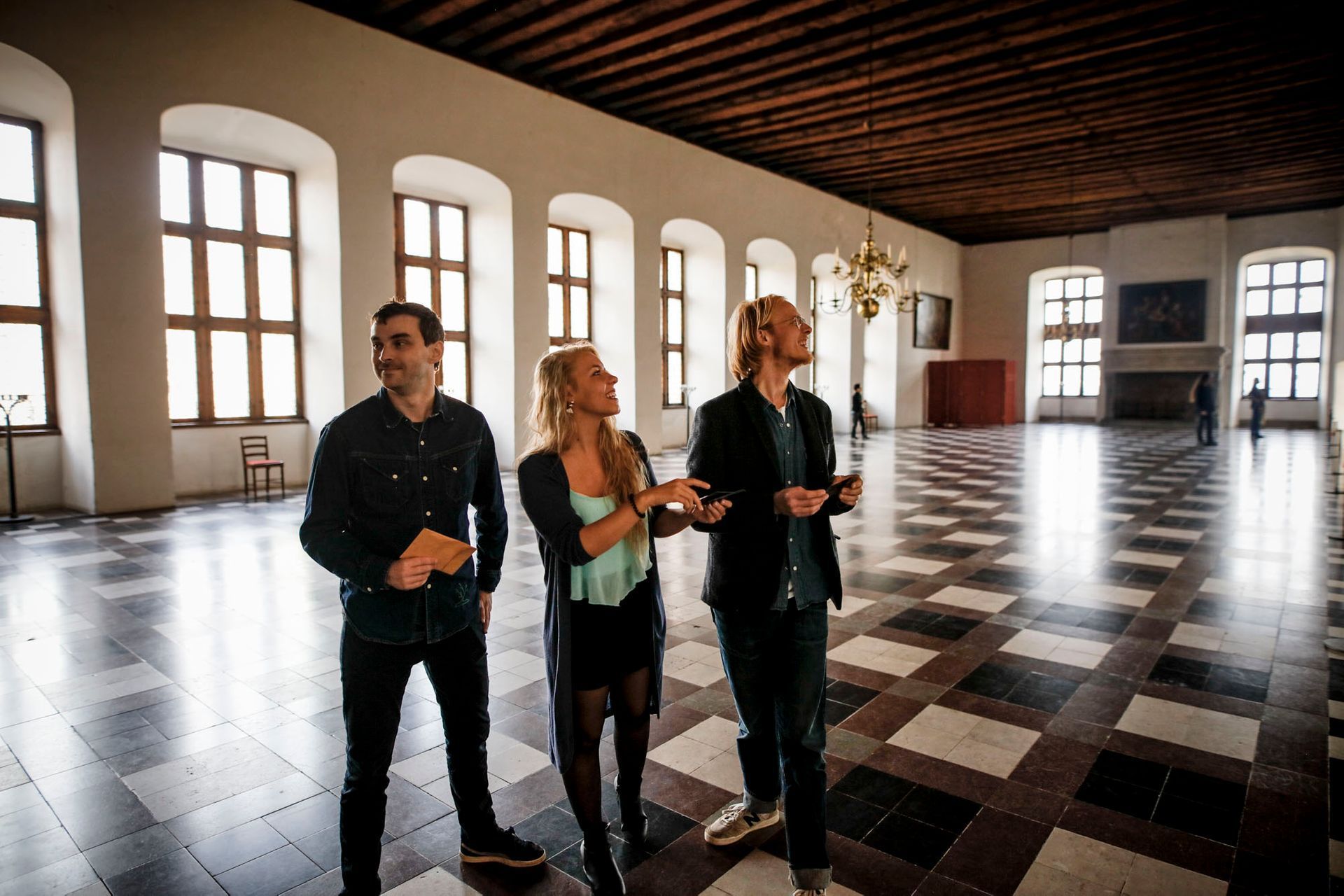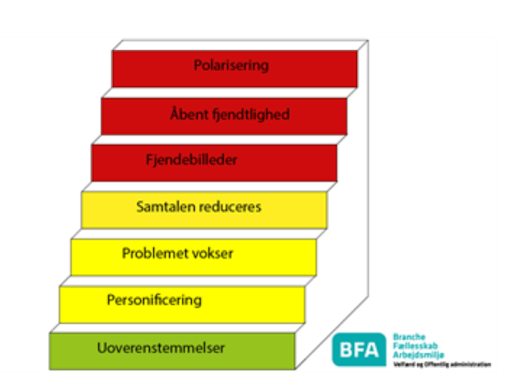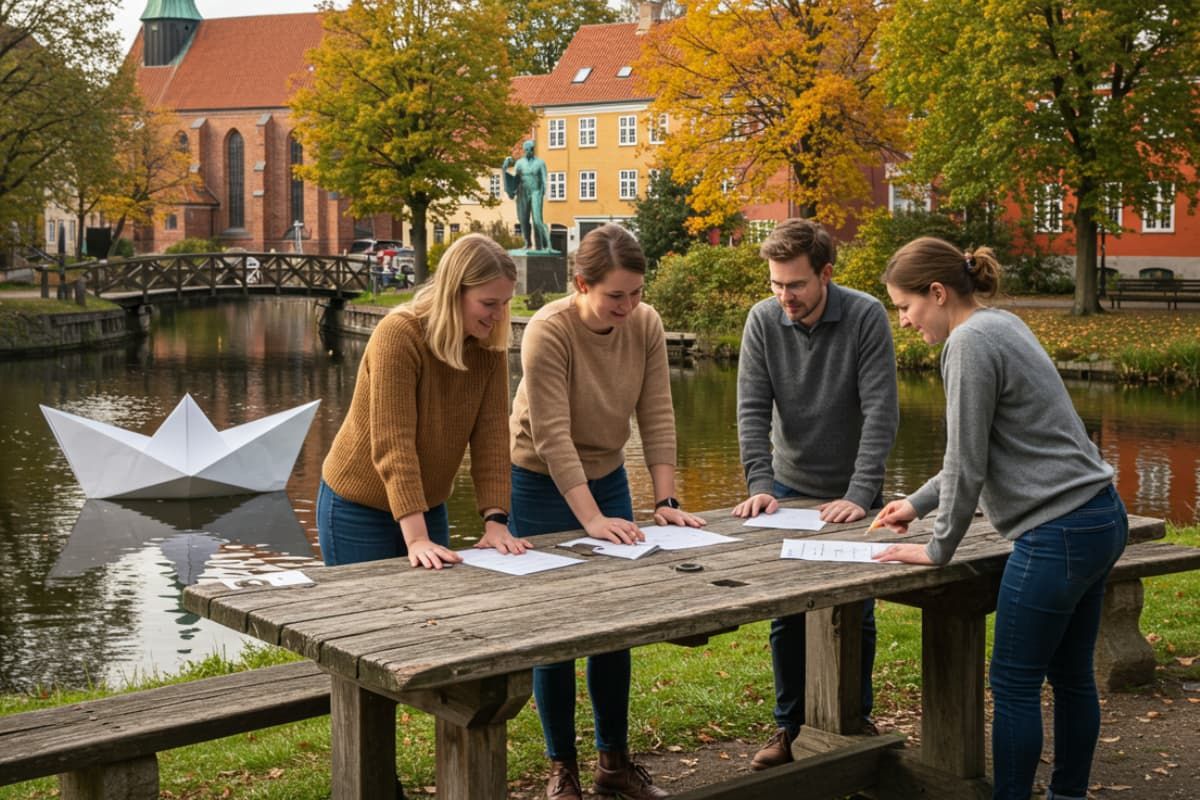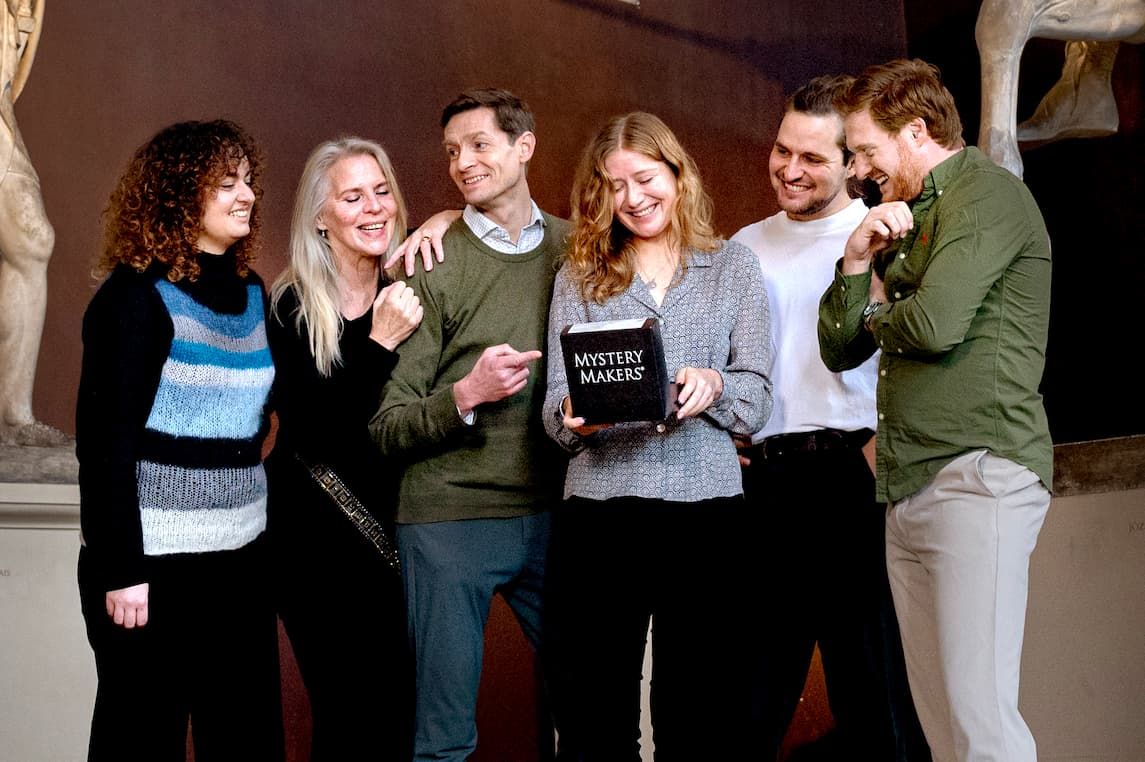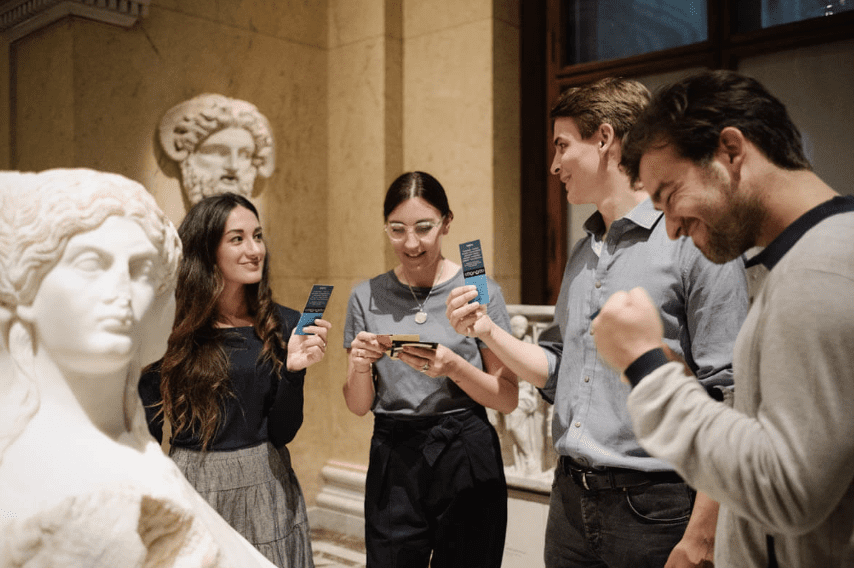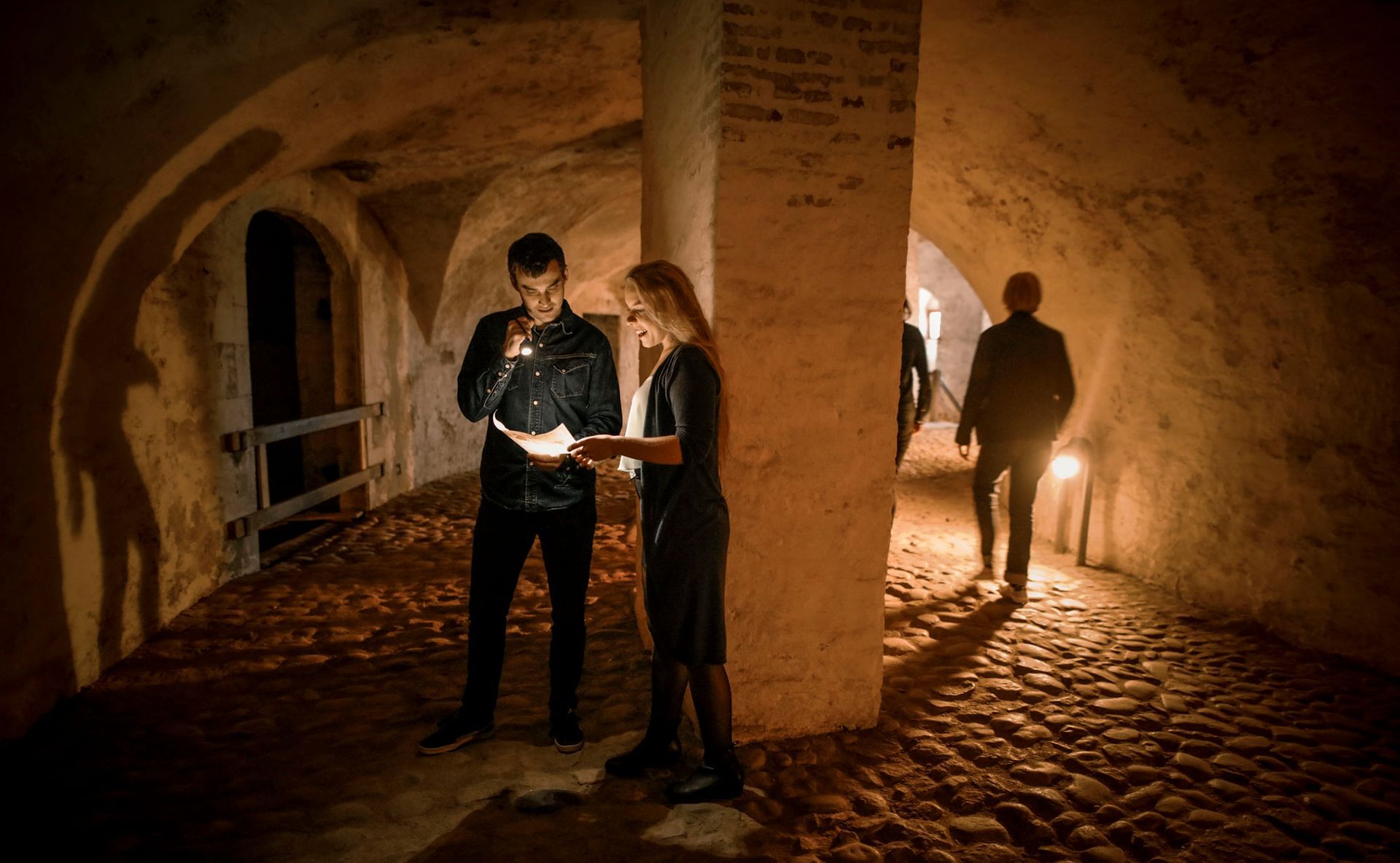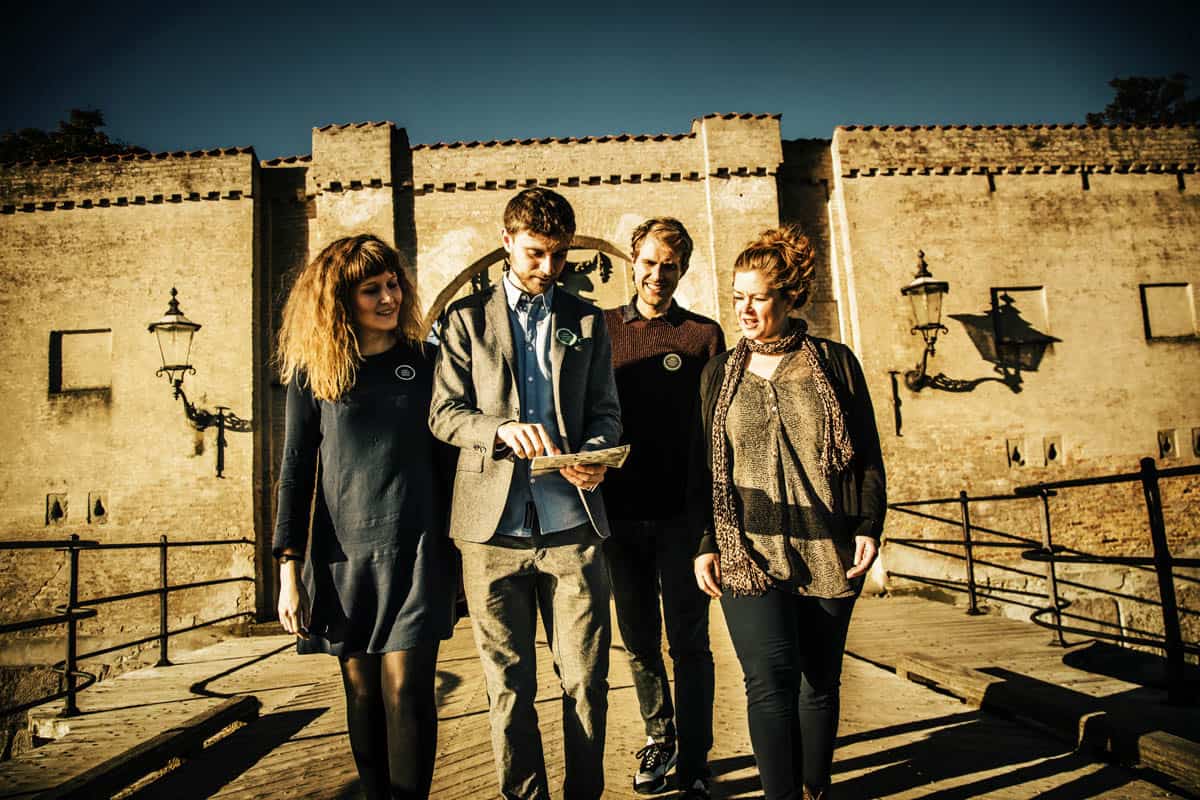Work community
Work community - a community that matters
Community is one of the most important aspects of a healthy and happy human life. Communities can be formed in many places - whether it's at the after-school club, on the neighbourhood street or at work, which is the subject of this article. This is because the work community is crucial to ensuring job satisfaction for employees. At Mystery Makers, we help companies promote wellbeing in the workplace.
In this article you will learn more about what a working community is, how it is best created in the workplace and also learn more about the concept of team spirit. A concept we work with daily in our Mystery Hunt or Mystery Room.
What is a working community?
A working community is a group of people who, in a work context, have to solve a common core task, which is why a sense of community naturally arises, as co-operation across the group can be crucial to solving the task. A healthy work community promotes well-being in the workplace as it provides a deeper sense of purpose and a sense of belonging. If an employee feels that their contribution is important to the common core task, they will experience a greater sense of well-being and job satisfaction.
What is a good working community?
In a strong work community, trust is one of the most important pillars, as a strong work community requires that everyone trusts each other's skills and knowledge in their specific field. Another prerequisite for a strong community is that everyone involved in the workplace is clear on what the common core task is. If the team represents different departments, it's only natural that they will have different views on what the task consists of, which is why communication is very important to ensure that everyone feels properly equipped to work together.
How do you create community in the workplace?
There are many ways to create a sense of community in the workplace. One of the most important things is that all employees feel connected to their workplace in one way or another and feel that they belong and that their contribution is important. One way to create a sense of community in the workplace is to do some fun activities together. That way, everyone gets out of the office landscape and sees each other in new situations and from new perspectives. One of these activities could be on a Mystery Hunt or in a Mystery Room, where you work together to solve mysterious puzzles. It's a fun way to create learning through play, and it has the embedded effect of naturally enhancing wellbeing in the workplace.
What is team spirit and how do you create it?
The definition of team spirit is: "a sense of belonging and willingness to put the community and the organisation or company you are a part of above the individual", and it is precisely this feeling that we try to work with on our Mystery Hunt or in our Mystery Room. You create a good team spirit if you are able to put yourself aside for the sake of the community and the common core task. We have written an article about Five tips to become a winning teamIt gives a great insight into the types of people that typically make up a strong team and how to foster these types of people to strengthen team spirit. Everyone has an important role to play in the team, and the team is only stronger when it works together. Our job is to challenge your ways of working together to make your team spirit stronger as you slowly realise that you all have an important contribution to solve the puzzle.
Boost your team spirit with us
At Mystery Makers, we're used to helping all kinds of organisations boost their team spirit and restore healthy wellbeing and strengthen the workplace community. Helping you is our shared core mission, and if you'd like to learn more about how we can contribute to your work community, please feel free to Contact us already today.
FAQ - frequently asked questions
-
What is good communication in the workplace?
Good communication in the workplace is when everyone feels heard and respected for what they want to say. You can ensure good communication by having a clear framework for the conversation and, for example, writing down your points on an agenda before a meeting. -
What is good teamwork?
Good teamwork is when everyone is able to put themselves aside for the sake of the common core task. In its simplest form, good teamwork consists of healthy collaboration across disciplines and competences, and it all rests on a healthy trust between colleagues. -
How do you define teamwork?
Teamwork is defined as the co-operation of a group of individuals working together to achieve a common goal or solve a common task. It involves coordination, communication and a joint effort to achieve success. -
What do teamwork tasks consist of?
Teamwork tasks can vary depending on the task at hand, but there are a number of common denominators to ensure good teamwork. These common denominators are:
- Clear and concise communication
- Task distribution among relevant employees
- Collaboration across competences
- A problem-solving ability, including brainstorming
- Trust and respect among employees
- Efficient task planning with a special focus on time management
- The ability to receive and give constructive feedback
- Celebrating small victories to keep the team spirit alive
Teamwork tasks consist of a number of things. The most important thing is that all of these are defined before the task starts.
